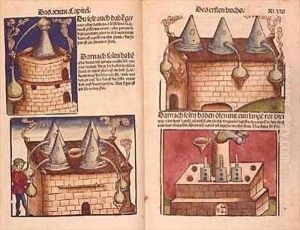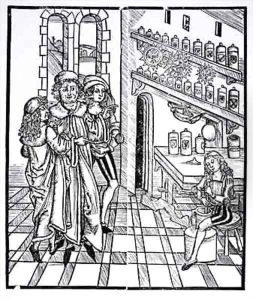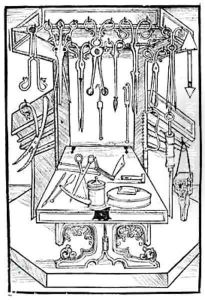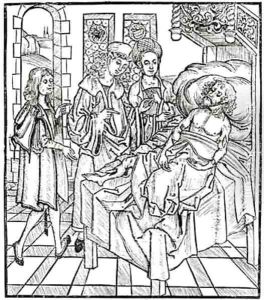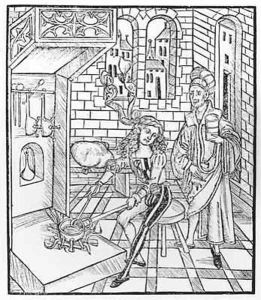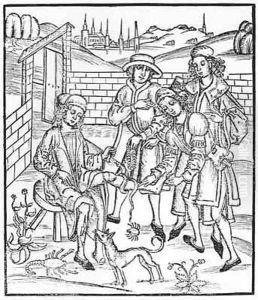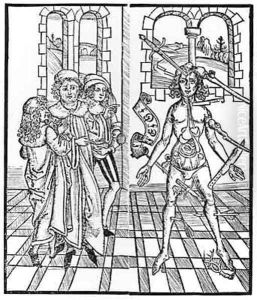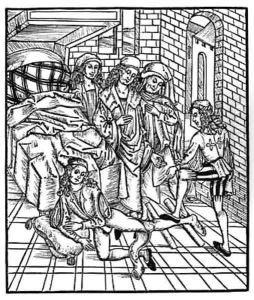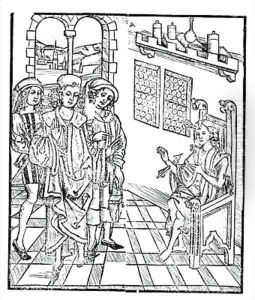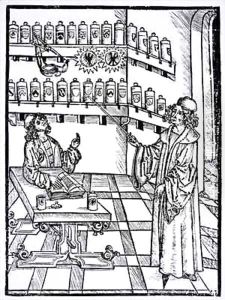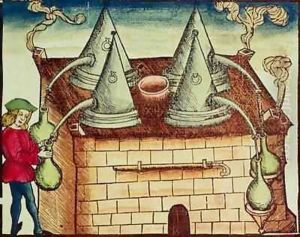Hieronymus Brunschwig Paintings
Hieronymus Brunschwig or Hieronymus Brunschwygk was a German physician and alchemist born around 1450 in Strasbourg, which was then part of the Holy Roman Empire. His life and work are significant in the history of medicine and pharmacology for his contributions to surgical techniques, wound treatment, and the distillation of medicinal plants. Brunschwig's education details are sparse, but it is known that he studied at the University of Basel and earned a master's degree. He served in various military campaigns, which provided him with ample experience in treating battle wounds and injuries.
Brunschwig is best remembered for his printed works, particularly 'Liber de arte distillandi de simplicibus' (also known as 'Small Book of Distillation'), published in 1500, and 'Das Buch der Cirurgia' ('The Book of Surgery'), published in 1497. These works were among the first to be illustrated with detailed woodcuts, making them accessible and informative for both physicians and laypeople. His book on distillation described methods for extracting plant essences and was a significant contribution to the field of pharmacology, laying the groundwork for future discoveries in medicinal chemistry.
His 'Book of Surgery' covered a wide range of surgical procedures, including treatments for injuries, fractures, and dislocations, as well as instructions for creating various medicinal compounds. Brunschwig emphasized the importance of cleanliness in treatment, an idea that was ahead of its time and would later become a cornerstone of modern surgery. Furthermore, his detailed illustrations provided a visual guide that was revolutionary for surgical education.
Despite his contributions to medicine and science, many details of Brunschwig's life remain unknown, including the exact dates of his birth and death. He is believed to have died around 1512. His work, however, left a lasting legacy and helped pave the way for advancements in surgery and pharmacology. Brunschwig's commitment to practical knowledge, combined with his innovative use of print technology, made his medical texts widely read and influential for generations of physicians and alchemists.
